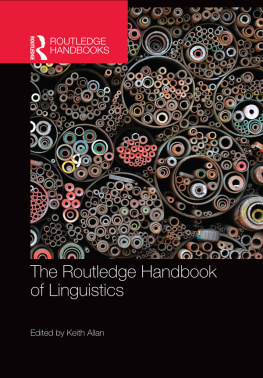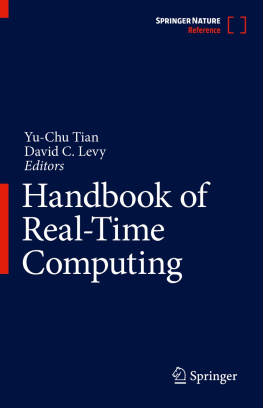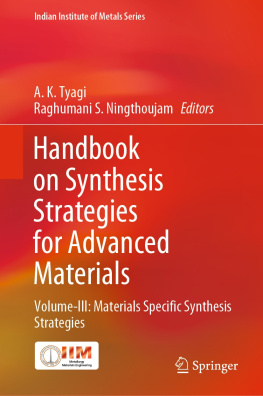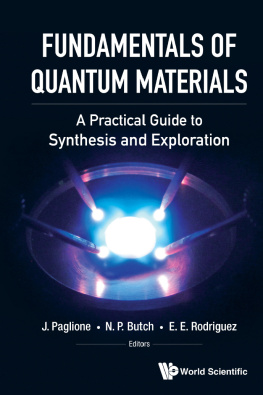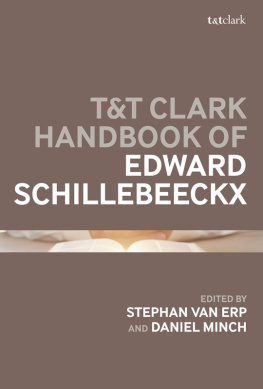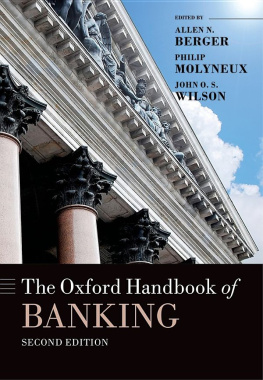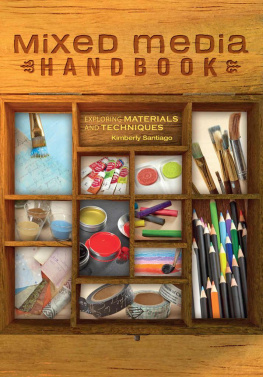Rajender Boddula (editor) - Handbook of supercapacitor materials
Here you can read online Rajender Boddula (editor) - Handbook of supercapacitor materials full text of the book (entire story) in english for free. Download pdf and epub, get meaning, cover and reviews about this ebook. year: 2022, publisher: Wiley-VCH, genre: Home and family. Description of the work, (preface) as well as reviews are available. Best literature library LitArk.com created for fans of good reading and offers a wide selection of genres:
Romance novel
Science fiction
Adventure
Detective
Science
History
Home and family
Prose
Art
Politics
Computer
Non-fiction
Religion
Business
Children
Humor
Choose a favorite category and find really read worthwhile books. Enjoy immersion in the world of imagination, feel the emotions of the characters or learn something new for yourself, make an fascinating discovery.

- Book:Handbook of supercapacitor materials
- Author:
- Publisher:Wiley-VCH
- Genre:
- Year:2022
- Rating:3 / 5
- Favourites:Add to favourites
- Your mark:
- 60
- 1
- 2
- 3
- 4
- 5
Handbook of supercapacitor materials: summary, description and annotation
We offer to read an annotation, description, summary or preface (depends on what the author of the book "Handbook of supercapacitor materials" wrote himself). If you haven't found the necessary information about the book — write in the comments, we will try to find it.
Handbook of supercapacitor materials — read online for free the complete book (whole text) full work
Below is the text of the book, divided by pages. System saving the place of the last page read, allows you to conveniently read the book "Handbook of supercapacitor materials" online for free, without having to search again every time where you left off. Put a bookmark, and you can go to the page where you finished reading at any time.
Font size:
Interval:
Bookmark:
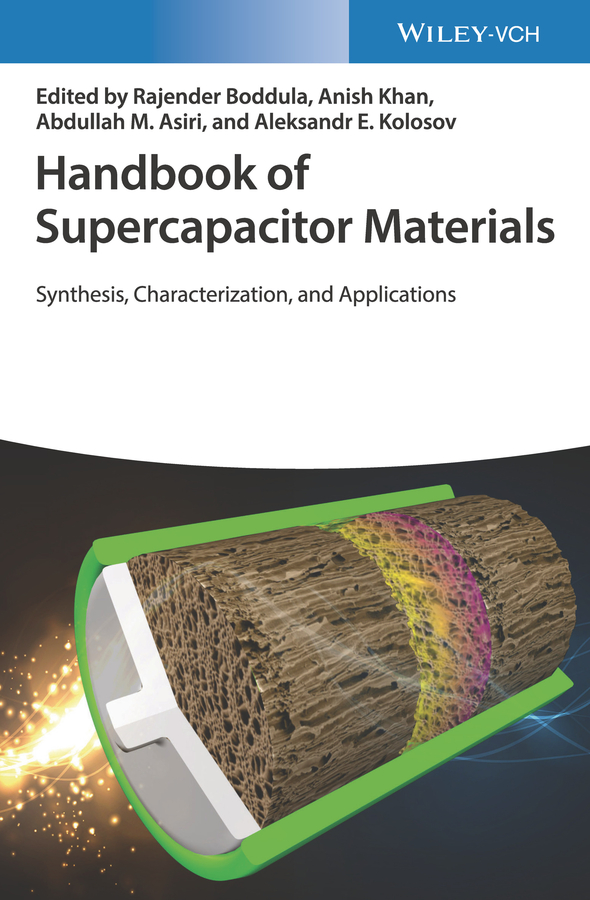
- Chapter 1
- Chapter 2
- Chapter 3
- Chapter 4
- Chapter 5
- Chapter 8
- Chapter 9
- Chapter 10
- Chapter 11
- Chapter 1
- Chapter 2
- Chapter 3
- Chapter 4
- Chapter 5
- Chapter 6
- Chapter 7
- Chapter 8
- Chapter 9
- Chapter 10
- Chapter 11
Edited by
Rajender Boddula
Anish Khan
Abdullah M. Asiri
Aleksandr E. Kolosov

Editors
Dr. Rajender Boddula
CAS Key Lab of Nanosystems
National Center for Nanoscience and Technology
100190 Beijing
China
Dr. Anish Khan
Center of Excellence for Advanced Materials Research
King Abdulaziz University
Department of Chemistry
21589 Jeddah
P.O. Box 80203
Saudi Arabia
Prof. Abdullah M. Asiri
King Abdulaziz University
Department of Chemistry
P.O. Box 80203
21589 Jeddah
Saudi Arabia
Dr. Aleksandr E. Kolosov
National Technical University of Ukraine
Department of Chemical Engineering
37 Prospect Peremohy
03056 Kiev
Ukraine
Cover Images: Courtesy of the Pacific Northwest National Laboratory, operated by Battelle for the U.S. Department of Energy.
All books published by WILEYVCH are carefully produced. Nevertheless, authors, editors, and publisher do not warrant the information contained in these books, including this book, to be free of errors. Readers are advised to keep in mind that statements, data, illustrations, procedural details or other items may inadvertently be inaccurate.
Library of Congress Card No.:
applied for
British Library CataloguinginPublication Data
A catalogue record for this book is available from the British Library.
Bibliographic information published by the Deutsche Nationalbibliothek
The Deutsche Nationalbibliothek lists this publication in the Deutsche Nationalbibliografie; detailed bibliographic data are available on the Internet at .
2022 WILEYVCH GmbH, Boschstr. 12, 69469 Weinheim, Germany
All rights reserved (including those of translation into other languages). No part of this book may be reproduced in any form by photoprinting, microfilm, or any other means nor transmitted or translated into a machine language without written permission from the publishers. Registered names, trademarks, etc. used in this book, even when not specifically marked as such, are not to be considered unprotected by law.
Print ISBN: 9783527346875
ePDF ISBN: 9783527824762
ePub ISBN: 9783527824786
oBook ISBN: 9783527824779
The rapid population growth, diminution of fossil fuel sources, and development of lightweight portable devices and consumer electronics have been boosted demand for faster sustainable energy storage systems. Among the energy storage devices, supercapacitors are the most promising energy storage devices because of their high energy and power density, long cycle life, fast rate of chargedischarge, and excellent safety compared to battery devices. The supercapacitors find applications in hybrid electric vehicles, backup memory systems, portable electronic devices, etc. The performance of the supercapacitors mainly depends on the efficiency of the electrode materials. Therefore, supercapacitor materials have become the main focus of energy science in the past decade.
The book titled Handbook of supercapacitor materials explores aspects of synthesis methods, properties, fundamental concepts, and mechanisms of supercapacitor electrode materials. It focuses on supercapacitor performance utilizing electrical doublelayer electrodes (carbons and their composites) and pseudocapacitor electrodes (conducting polymers and inorganic materials such as metal hydroxides, metal oxides, perovskites, etc.), and stateoftheart studies are discussed in detail. It is a valuable reference guide for graduate students, faculties, engineers, and scientists in electrochemistry, solidstate chemistry, energy science, and material science.
| 20/05/2021 | Rajender Boddula Anish Khan Aleksandr Evhenovych Kolosov Abdullah M. Asiri |
LigninDerived Materials for Supercapacitors
Jess Muiz, Ana K. CuentasGallegos, Miguel Robles, Alfredo GuillnLpez, Diego R. LobatoPeralta, and Jojhar E. PascoeSussoni
Universidad Nacional Autnoma de Mxico, Instituto de Energas Renovables, Priv. Xochicalco s/n, Col. Centro, Temixco, Morelos, CP 62580, Mxico
The term lignocellulosic biomass makes reference to organic matter such as dry plants, food, crops, forestry and farming residues, municipal solid wastes, among others [.
Cellulose is a compound of the polysaccharide's family and is considered as the most abundant organic polymer in nature are shown some biomasses and their cellulose content.
Cellulose is usually extracted to obtain valueadded products. An easy way to extract it is via solvents. It is well known that cellulose can be dissolved in different substances, being NaOHbased solvents an attractive option because of the low cost and easy recovery . After its extraction, cellulose can be treated to obtain new products for diverse applications:
- Ethanol production: Once cellulose is separated from hemicellulose and lignin, it can be subjected to an enzymatic hydrolysis process. Because of this enzymatic hydrolysis, cellulose is broken down into glucose units, which can be fermented to obtain ethanol.
- Cellulose fibers: These materials are characterized by lightweight, low cost, biodegradability, good mechanical properties, among others. Cellulose fibers are often used as a reinforcement material in diverse industries such as automotive, packaging, marine, constructions, and military ].
- Cellulose films/membranes: Cellulose can be treated to obtain films/membranes with diverse applications such as packaging films, water treatment, and drug wrapping [.

Outline of the cellulose molecule.
Examples of cellulose content in different biomasses.
| Biomass | Cellulose content (%) | References |
|---|---|---|
| Pine cone | 32.7 | |
| Sugarcane | 45.8 | |
| Corn grains | 27.3 | |
| Coconut shell | 40.3 | |
| Peanut shell | 42.2 | |
| Sunflower stalk | 71.6 | |
| Cotton stalk | 66.2 | |
| Oreganum stalk | 62.6 |
Hemicellulose is a biopolymer characterized for having a nonlinear structure. After the cellulose, hemicellulose is the most abundant carbohydrate present in the plant cell walls, representing between 15% and 20% of its mass , some examples of hemicellulose content are presented.
Next pageFont size:
Interval:
Bookmark:
Similar books «Handbook of supercapacitor materials»
Look at similar books to Handbook of supercapacitor materials. We have selected literature similar in name and meaning in the hope of providing readers with more options to find new, interesting, not yet read works.
Discussion, reviews of the book Handbook of supercapacitor materials and just readers' own opinions. Leave your comments, write what you think about the work, its meaning or the main characters. Specify what exactly you liked and what you didn't like, and why you think so.

